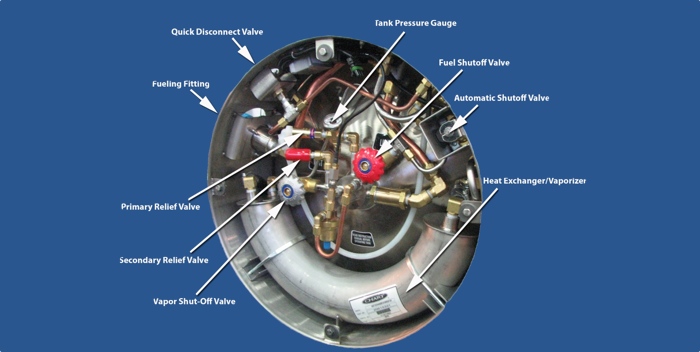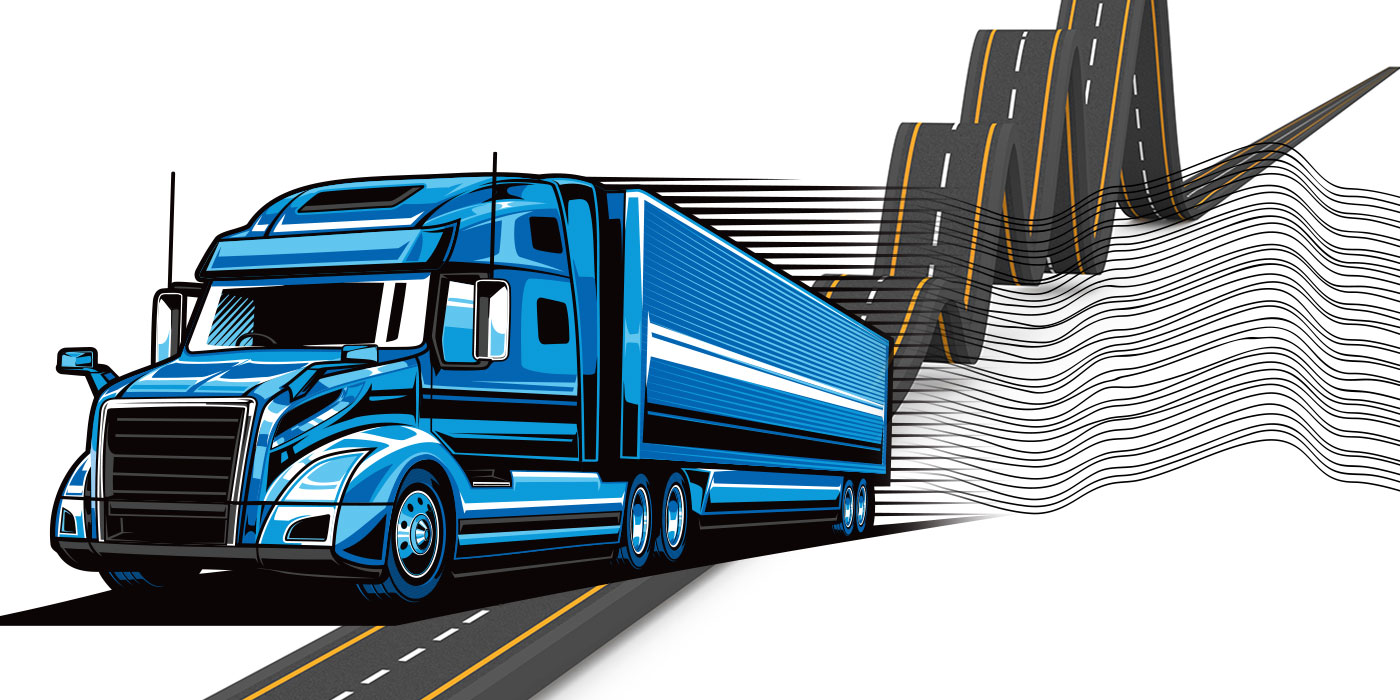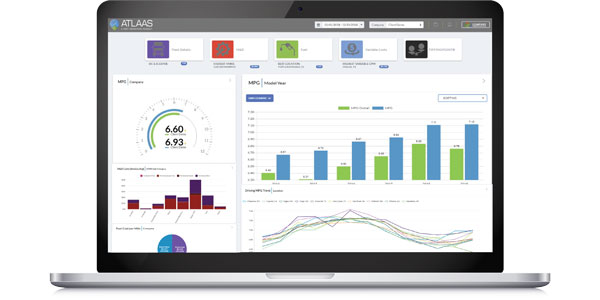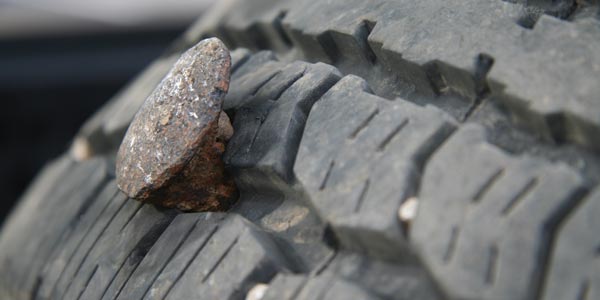Compressed natural gas (CNG) holds a much higher pressure than conventional fuel tanks and liquid natural gas (LNG) tanks. In addition, CNG fuel tanks have different connections for filling (see above picture), and CNG vehicles can be configured to be filled via fast-fill or time-fill. Fast-fill takes much less time, but creates more heat in the tank when filling; time-fill can take several hours for the tank to fill, but with less heat from recompression.
Fuel in a CNG tank expands with heat. To compensate, CNG tanks are designed to hold more pressure than their rating. Because of pressure inside the tank and the risk of leaking gas, CNG tanks are labeled with an end-service life date, after which point the tank cannot be used. With proper inspection and maintenance, tanks can reach this service date with no issues. 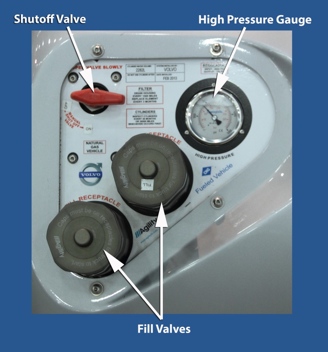
Liquid natural gas (LNG) is a great option for the commercial vehicle industry, not only because LNG vehicles typically have a greater range than a CNG vehicle, but because their fuel tank also takes up less space. For example, CNG trucks usually store four or more tanks on a vehicle, while LNG trucks operate with just one or two.
In LNG tanks, the natural gas is cryogenically stored. When an engine is not running, the liquid gas converts back into a gas. The tank is designed to allow space for the pressure that builds when the vehicle is in use on a regular schedule. However, if a vehicle is parked for an extended time, any excess pressure in the tank will be vented to the atmosphere. LNG tanks typically have a vaporizer integrated in the tank and a system to manage pressures, filling and venting connections (see right). Again, proper maintenance and inspections are vital to keeping the LNG tank in proper working order.
For more truck tips from Mitchell 1, visit the company’s website. This article was contributed by Samuel Wallace, technical editor for Mitchell 1’s Commercial Vehicle Group, as part of Mitchell 1’s Truck Tips series.

